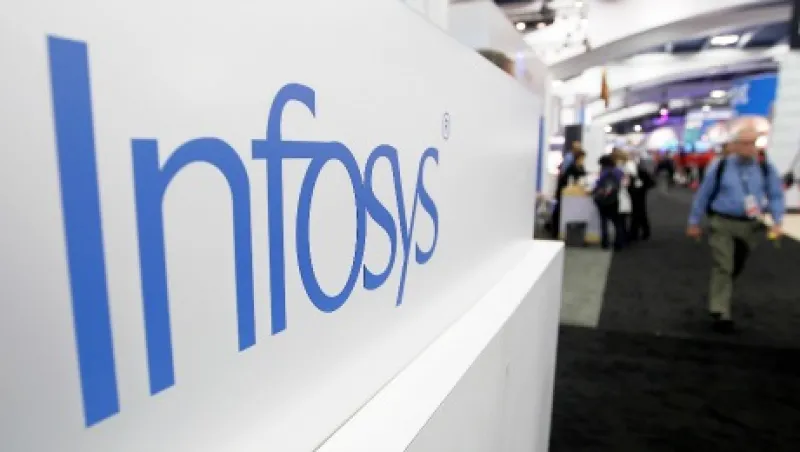Last November’s launch of the Shanghai–Hong Kong Stock Connect, which links the equity markets in those cities and allows investors in one location to trade on the other exchange, has brought many Chinese companies increased attention from a previously unreachable investor base and placed greater pressure on their investor relations departments.
China Telecom Corp., for instance, has lately enjoyed an uptick in interest from mainland investors who’d previously had limited access to the company’s Hong Kong–listed shares, according to Shun Loy (Jacky) Yung, who was named deputy CFO in February after Andi Wu stepped down as executive director and chief financial officer. “This enhances the demand and liquidity of our share trading,” he explains. “We are well prepared to strengthen communication and engagement with this new class of shareholders.”
Asset managers and sell-side analysts are impressed. China Telecom wins top honors in the Telecommunications sector on Institutional Investor’s inaugural ranking of Asia’s Best Analyst Days.
Which other companies outperform their peers when it comes to structuring events that financial professionals regard most highly? To find out we asked buy- and sell-side participants in the 2015 All-Asia Executive Team survey — our exclusive annual ranking of the region’s best corporate leaders and investor outreach programs — to tell us which of the entities they cover host the most constructive analyst days. We received responses from nearly 1,165 investment professionals at close to 490 financial services firms. Respondents from the buy-side work at firms that collectively manage more than $970 billion in Asia (ex-Japan) equities.
Twice a year China Telecom’s Beijing-based senior management — including the CEO, CFO and COO — fly to Hong Kong to give presentations to investors and analysts about their business strategy and the challenges the company is facing and to provide guidance for key operating targets. “The whole event is aimed to let the investors have a clear picture of how we are doing, where we will go and how we will get there,” says Yung.
After the presentations the executives host question-and-answer sessions. “Transparency is of crucial importance,” he adds, noting that it is critical to leave abundant time for the Q&A interaction and make key information about the company available to attendees in advance. China Telecom’s events typically draw more than 150 participants, and those who are unable to attend in person may view the presentations via webcast.
Transparency means more than just repeating figures gleaned from quarterly reports, observes Sandeep Mahindroo, assistant financial controller at Infosys, the leader in the Technology/IT Services & Software sector. “Analysts and investors already know the numbers,” he says. “An analyst day is an opportunity to provide business updates, rather than financial updates, apart from informal interactions.”
Mahindroo boils down a successful analyst day to three key factors: “Powerful presentations, informal meetings and good food!”
Infosys, which is headquartered in Bangalore, is listed on the New York Stock Exchange as well as two Indian bourses. The company organizes events at development centers in both India and the U.S. Domestically, the “Analyst Meet,” as the company calls it, draws between 125 and 150 attendees, whereas the turnout is in the range of 60 to 75 participants in the U.S. Most of the global brokerages have India-based analysts covering Infosys, which explains the discrepancy in crowd sizes between countries, Mahindroo observes. About 70 to 80 percent of the U.S. audience comes from the buy side, while the sell-side accounts for 50 to 60 percent of the room in India, he adds.
At a typical Analyst Meet, investors can expect to hear presentations from and interact with the CEO, CFO and COO as well as sit through sessions hosted by other business heads. Infosys staff take guests on tours of company facilities and give demonstrations of the company’s latest software offerings and products.
Unlike in China following the implementation of market connectivity between Hong Kong and Shanghai, India’s market hasn’t seen any specific trends in attendance levels, Mahindroo says. “Generally, interest is high when the company is doing extremely well or is coming out of a slump with set ambitious or audacious goals that can lead to a turnaround and hence valuation uptick,” he explains. “When things are stable, even if good, interest is not necessarily very high since the valuation upside for the buy side is often limited.”
At the end of the day, he notes, buy- and sell-siders alike are mostly looking for the same thing: an opportunity to meet and test management and leave with conviction on their views about the company.
Click on Leading Companies in the navigation table at right to view the winners in each of the survey’s 16 industry sectors that produced publishable results.
For more information on how this ranking was compiled, click on Methodology.
Results of the 2015 All-Asia Executive Team will be published on Tuesday, July 7.






